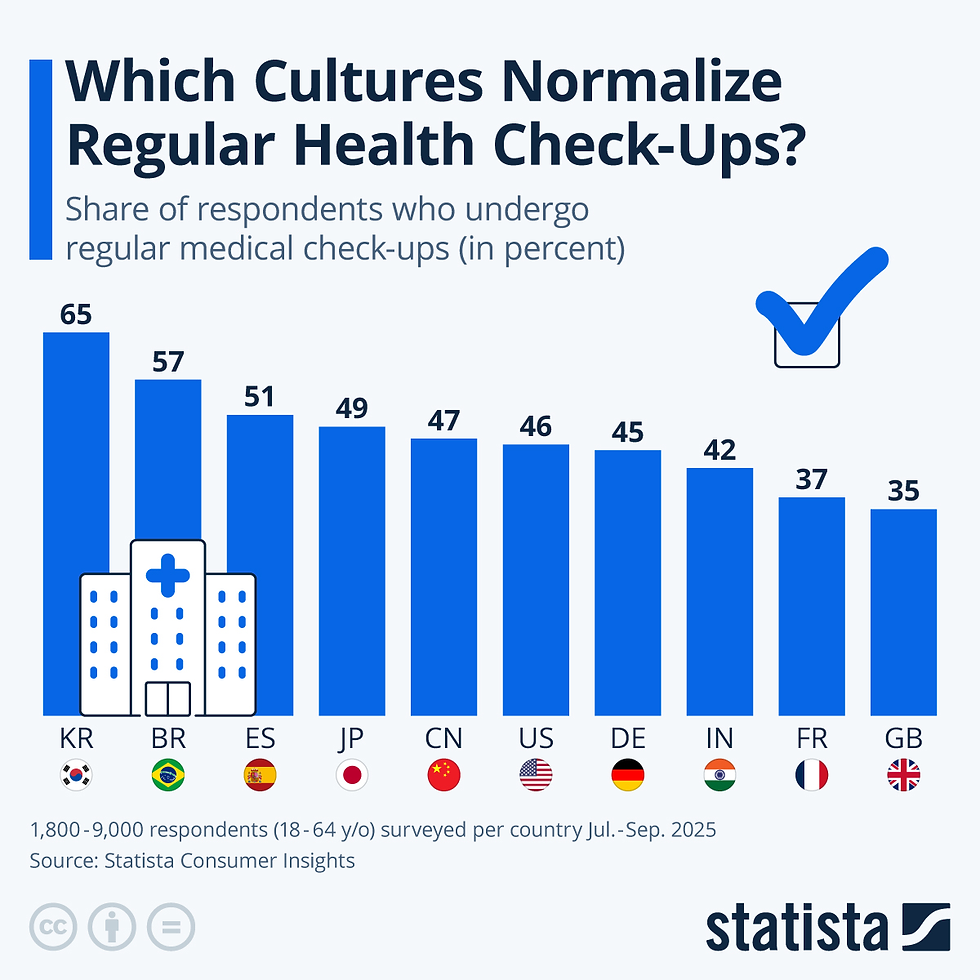Where Social Commerce Is Most Popular
- raquelasg7
- Mar 14, 2024
- 2 min read
This article is published in collaboration with Statista
by Florian Zandt
From retailers' dedicated online stores and all-in-one marketplaces like Amazon, JD or AliExpress to shopping while you scroll through your social media feed: E-commerce has come a long way since the early stages of the internet. While said marketplaces still dominate online shopping, social commerce, in this case, retailers and brands using integrated shop solutions of social media platforms like Instagram or TikTok, has become more important over the last years. As data from Statista Market Insights shows, the revenue share of social commerce in all e-commerce transactions is projected to increase to 22 percent by 2028. There's one country that has already far overshot this goal, though.
According to the Statista dataset above, social commerce in China is already responsible for 47 percent of all e-commerce revenue. While social commerce has many layers and variants, a major platform for it in the People's Republic is Douyin. The domestic version of TikTok had around 750 million monthly active users by the end of 2023. By comparison, the global version of the social media platform had roughly 150 million active monthly users in the U.S. and 130 million active monthly users in the European Union around the halfway mark of last year.
When zooming in on the biggest economies in purchasing power terms, social commerce is estimated to be less important in the future by a considerable margin. While around 23 percent of e-commerce revenue in India is projected to be derived from social commerce in 2028, this subsector won't even achieve a double-digit share in the rest of the six leading economies.
Overall, varying sources estimate global e-commerce revenue to be between $2.7 and $3.4 trillion in 2023, which would put social commerce revenue at between $500 to $629 billion, according to Statista estimates.
Start leaning Data Science and Business Intelligence tools:
createandlearn#analytics#dashboard#finance#accounting#tableau#powerbi#excel#sales#datascience#businessintelligence





























Comments